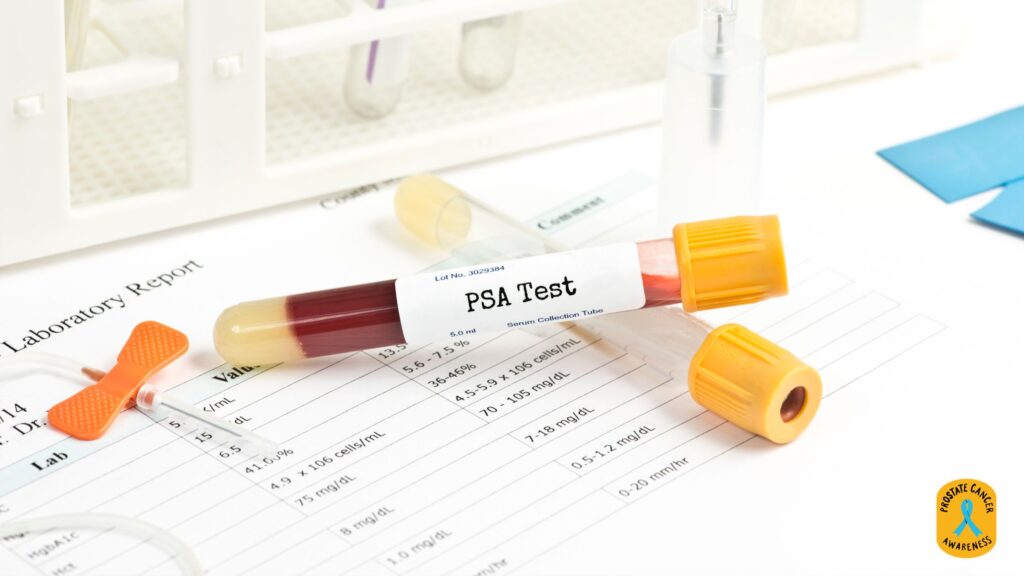Prostate Cancer Awareness Series – By Wellnect India

🔍 Introduction: Early Detection Saves Lives
By now, we know that prostate cancer is a silent killer — often progressing without visible symptoms.
So, the next logical question is:
How do we detect it early, before it becomes dangerous?
In this episode, we explore the main diagnostic tools used to detect prostate cancer —
especially PSA tests and MRI scans —
and understand how they work, what their limitations are, and how they fit into the overall diagnosis process.
🧪 What Is the PSA Test?
PSA stands for Prostate-Specific Antigen.
It is a protein produced by both normal and cancerous cells in the prostate gland.

✅ Why Is It Important?
A PSA blood test measures the level of PSA in a man’s blood.
Generally:
- Low levels of PSA = considered normal
- High levels = may indicate a problem, such as:
- Prostate cancer
- Enlarged prostate (BPH)
- Prostatitis (inflammation)
PSA test is simple, non-invasive, affordable, and usually the first step in prostate cancer screening.
📊 What Is Considered a Normal PSA Level?
PSA levels are measured in nanograms per millilitre (ng/mL).
| PSA Level | What It May Mean |
| 0–4 ng/mL | Normal (but not always safe) |
| 4–10 ng/mL | Borderline – needs further evaluation |
| Above 10 ng/mL | High risk – strong chance of prostate cancer |
⚠️ Important: A high PSA does not always mean cancer, and a low PSA doesn’t guarantee you’re cancer-free.
That’s why PSA is just one piece of the puzzle.
🧠 What Influences PSA Levels?
PSA levels can rise due to several reasons:
- Prostate cancer
- Benign prostatic hyperplasia (BPH)
- Urinary infection or prostatitis
- Recent ejaculation or physical activity
- Even a digital rectal exam (DRE) or riding a bike!
So, if a PSA test shows high levels, doctors usually repeat the test or recommend further testing like MRI or biopsy.
🖼️ What Is a Prostate MRI?
MRI (Magnetic Resonance Imaging) is a high-tech imaging scan that gives detailed, 3D images of the prostate gland.
✅ Why Is It Used?
- To detect abnormal growths or tumors
- To guide biopsy procedures more precisely
- To identify tumor size and location
MRI is non-invasive, takes about 30–45 minutes, and helps target suspicious areas inside the prostate.
🧑⚕️ When Do Doctors Use PSA + MRI Together?
Here’s how it typically works:
- Routine check-up or urinary symptoms
- Doctor orders a PSA test
- If PSA is elevated → do Digital Rectal Exam (DRE)
- Still suspicious? → Doctor may recommend MRI scan
- MRI shows abnormalities? → Next step is usually a prostate biopsy
So, MRI works like a filter — helping to decide whether a biopsy is actually needed.
🔍 Limitations of PSA and MRI
While both PSA and MRI are extremely useful, they are not 100% perfect:
| Test | Limitations |
| PSA | Can be high due to non-cancerous reasons; may lead to unnecessary biopsy |
| MRI | May miss very small or early-stage tumors; also expensive and not always available in Tier 2/3 cities |
That’s why doctors combine multiple tests and tools for a more accurate diagnosis.
🧠 Key Takeaway: Testing Is Not an Option — It’s a Necessity
In India, many men avoid testing due to fear, cost, or lack of awareness.
But remember:
Early-stage prostate cancer has a 98% survival rate.
Late-stage prostate cancer has less than 30%.
A simple PSA test can be your first step toward saving your life — or someone you love.
🧬 Wellnect’s Commitment to Modern Diagnosis
At Wellnect, we partner with urologists, hospitals, and diagnostic labs across India to bring:
- Affordable screening tools
- Awareness campaigns
- Access to advanced technologies like Micro-Ultrasound, which we will explore in coming episodes
Because we believe every man deserves early detection and a fighting chance.
🔜 Coming Up Next
In Episode 5, we take the next step:
What is a biopsy? Why is it done? How safe is it?
We’ll answer all your questions — in simple language.
